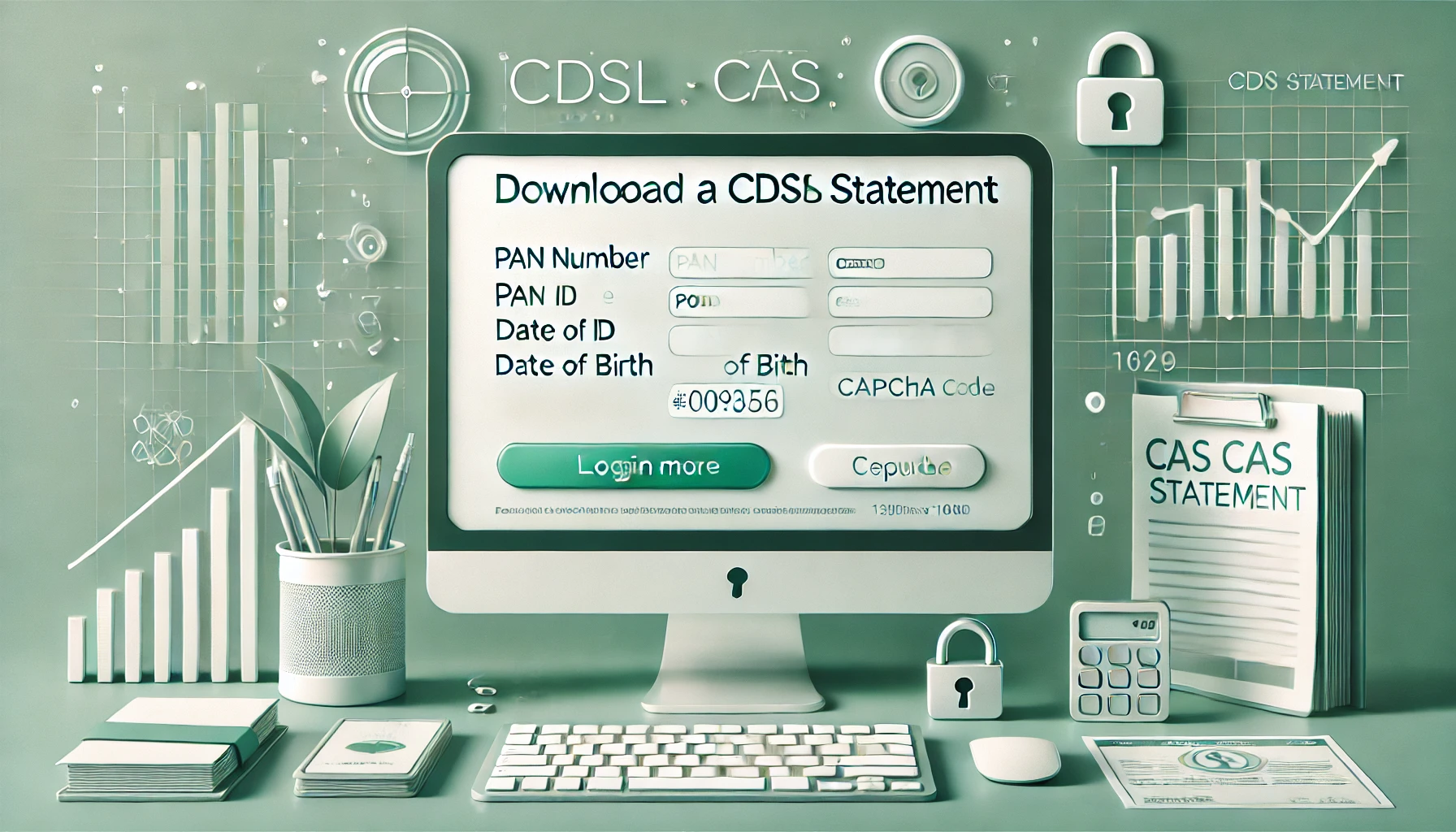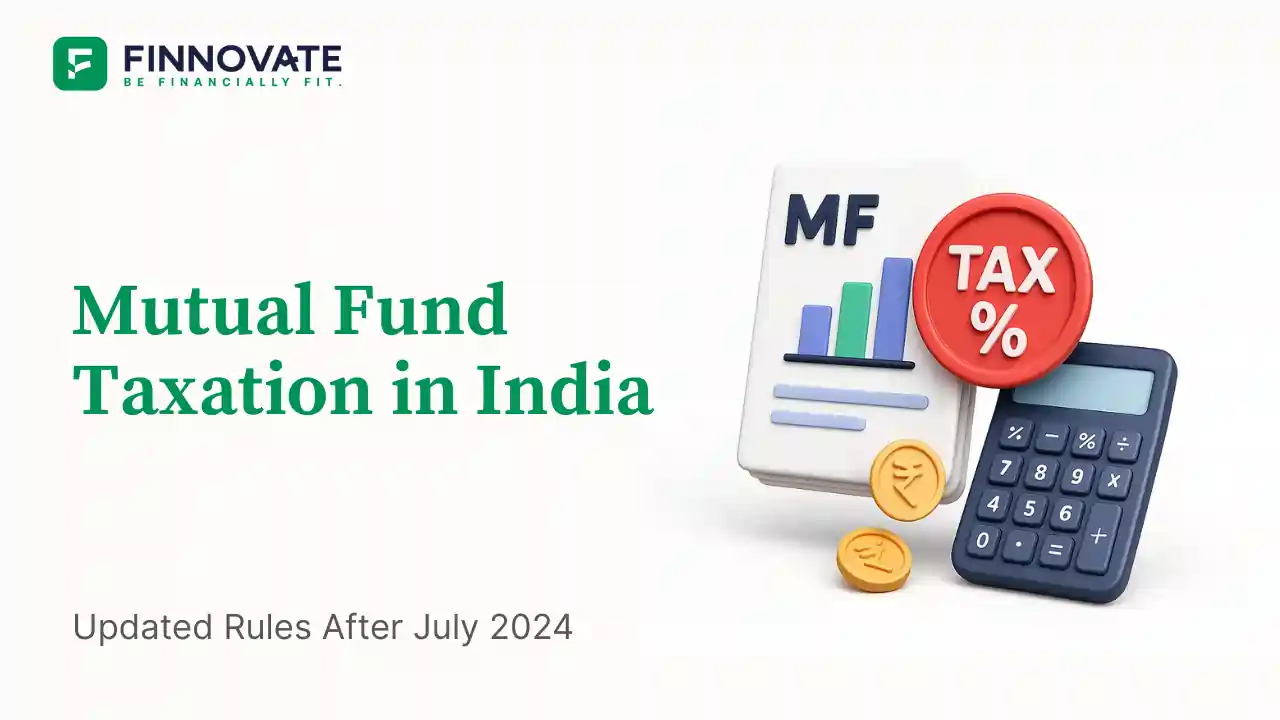Can You Retire at 50 in India? A Practical Early Retirement Guide

By

Early retirement is no longer just a Western fantasy. In India too, more professionals are asking a simple question:
“Can I realistically retire at 50 and still live well?”
The short answer: yes, it can be done.
The longer answer: it needs serious planning, high discipline, and a clear strategy – not guesswork or one viral “4% rule” hack.
If you want a deeper background on the concept itself, you can also read FIRE in India Explained: Meaning, Math & How to Start.
This article will walk you through whether retiring at 50 is possible in India, and if yes, what mindset, numbers, and structures you need to think about. We’ll keep it general – no personal budgets, no sample “Mr. X, age 35, spends ₹Y” stories – just a framework you can apply to your own life.
There are three big shifts driving this:
So the question is not “Is early retirement allowed?” It’s “What does it actually require?”
Stripping away all jargon, early retirement rests on three pillars:
Let’s unpack each.
To retire 10–15 years earlier than usual, you can’t save like a “normal” investor.
That sounds extreme, but remember:
This means:
The gap between income and expenses is where early retirement is born.
If you like simple rules-of-thumb, you may also find the 5-5-5 Rule for Early Retirement useful as a mental framework to structure your plan.
Frugality for early retirement is not about suffering. It is about being intentional:
Some practical ideas:
The goal: reduce permanent monthly commitments, and keep your lifestyle flexible.
To support 30–40 years of retirement, your money must grow faster than inflation.
That usually means:
A popular framework here is the three-bucket strategy:
Also important: not over-tying your net worth into real estate.
Property in India is:
Real estate can be part of your plan, but it should not be the only plan.
There is no single number that works for everyone.
But there are some rules of thumb that help you think clearly.
Globally, you’ll hear about the “4% rule”:
This came from historical US data.
In India, this can be too optimistic because:
So many planners now lean towards a more conservative range:
To get a clearer handle on your own financial independence number, you can use:
You don’t need to plug exact numbers here to understand the idea: higher inflation plus longer retirement means you need a larger multiple of expenses.
Inflation is the silent enemy of every early retirement plan.
Even at moderate inflation long term:
So if you are planning to retire at 50 and live till 85 or 90:
That is why equity exposure is not optional in an early retirement journey.
For a deeper background on FIRE math, you can refer back to FIRE in India Explained: Meaning, Math & How to Start.
Retiring early in India is not just “save and invest”. You must actively plan for:
We’ve already touched on this.
Action points:
Healthcare inflation in India is often higher than general inflation.
Key risks if you retire at 50:
So you need:
Some people also maintain a separate “healthcare buffer” over and above their general emergency fund.
Early retirement comes with a simple risk: What if you live much longer than you planned for?
If you retire at 50:
Ways to manage this:
The goal: your money must last longer than you do.
Here are some traps many people fall into:
Reality: You need to test these ideas against Indian inflation, taxes, and your own risk capacity, and usually aim for a higher safety margin.
Issues:
A more balanced plan combines real estate with strong financial assets.
Dropping or underinsuring on:
This is a classic “penny wise, pound foolish” move. One major event can force you to liquidate long-term investments, set you back by years, or permanently damage your early retirement plan.
You may think, “Once I retire, tax won’t matter much.”
But:
A tax-efficient withdrawal strategy matters as much as a tax-efficient accumulation strategy.
Retiring early is a long project. If the journey feels like punishment, you’re unlikely to stick to it.
A few ways to keep it sustainable:
This keeps you motivated and reduces the feeling that “life is on hold till I retire”.
For more perspective on why early planning helps you both now and later, you can read 10 Benefits of Starting Retirement Planning Early.
You’re not “denying” yourself. You’re choosing:
That mindset shift makes it easier to say “no” to lifestyle inflation.
Yes, it is possible.
But it is not:
It is:
If you want to go deeper into the strategy side, you can also check:
If you want to test your own numbers, use:
If you want to retire at 50, your action plan broadly looks like this:
Early retirement at 50 is not a fantasy restricted to a lucky few. It is a structured financial goal, and like any goal, it needs:
If you start today and stay consistent, you may reach a point where work becomes optional, not mandatory – and that is what “retiring at 50” is truly about.
Disclaimer: This article is for informational and educational purposes only and does not constitute investment advice.
Finnovate is a SEBI-registered financial planning firm that helps professionals bring structure and purpose to their money. Over 3,500+ families have trusted our disciplined process to plan their goals - safely, surely, and swiftly.
Our team constantly tracks market trends, policy changes, and investment opportunities like the ones featured in this Weekly Capsule - to help you make informed, confident financial decisions.
Learn more about our approach and how we work with you:

Learn how to easily download your NSDL CAS Statement in PDF format with our step-by-step guide. Follow our instructions to log in to NSDL e-Services, download your account statement, and subscribe for
Read Full
Explore what Specialised Investment Funds (SIFs) are, their benefits, taxation, minimum investment, how to invest, how they compare with mutual funds and PMS and latest developments in SIF space
Read Full
Learn How to Download Your CDSL CAS Statement with our step-by-step guide. Easy instructions for accessing your investment details online.
Read Full
Analyzing the potential economic impact of the 2025 India-Pakistan conflict on India's GDP growth, manufacturing sector, and foreign investment.
Read Full
Determine if your Demat Depositary (DP) is NSDL or CDSL easily. Follow our guide to check using broking platforms or Demat account number formats
Read Full
Looking for the best financial freedom books? Here’s a handpicked 2025 reading list with summaries, why to read, and who it's best for.
Read Full
Clear guide to mutual fund taxation in India for FY 2025–26 after July 2024 changes: equity STCG 20%, LTCG 12.5% with ₹1.25L exemption, debt/hybrid rules, dividends, examples, tables, and FAQs.
Read Full
RBI cuts repo rate by 50 bps and CRR by 100 bps in June 2025 to boost growth. Learn how it impacts inflation, borrowing, sectors, and market trends.
Read Full